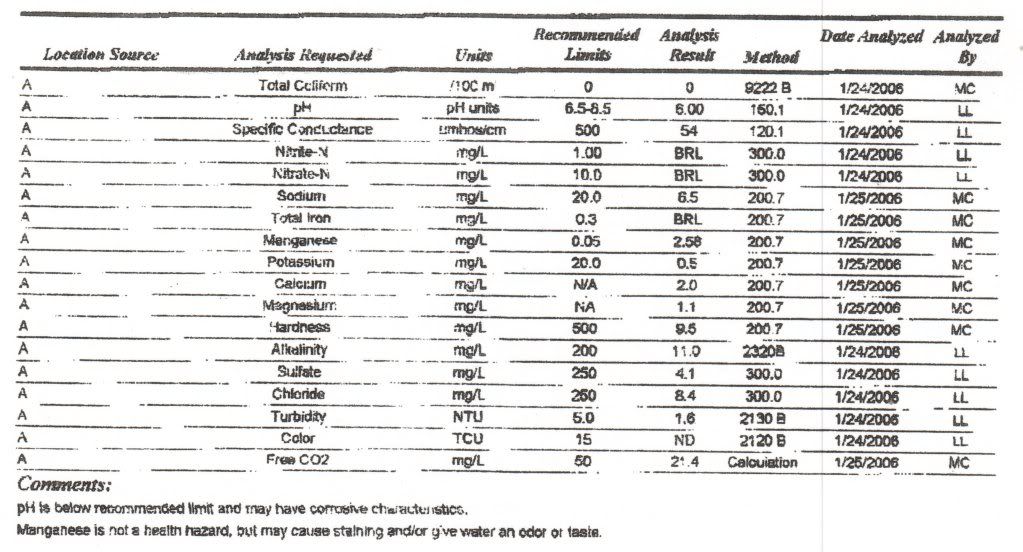Of course I don't have to remind you folks that I'm a complete novice at this topic. I'm not claiming authority in any way, just trying to pass on nuggets of info that other people were good enough to pass on to me.
This is part one in a series of at least 3, still editing and rendering the 2nd and 3rd parts.
Corrections and criticisms welcome.. If you click the video to go directly to youtube, you can watch in HQ to see the text better.
Part 2, modify for pale ale:
Part 3, modify for dark beer and includes the concept of separate mash/boil additions and the ability to exclude some salts from the boil addition if necessary.
This is part one in a series of at least 3, still editing and rendering the 2nd and 3rd parts.
Corrections and criticisms welcome.. If you click the video to go directly to youtube, you can watch in HQ to see the text better.
Part 2, modify for pale ale:
Part 3, modify for dark beer and includes the concept of separate mash/boil additions and the ability to exclude some salts from the boil addition if necessary.
Last edited by a moderator:












































![Craft A Brew - Safale S-04 Dry Yeast - Fermentis - English Ale Dry Yeast - For English and American Ales and Hard Apple Ciders - Ingredients for Home Brewing - Beer Making Supplies - [1 Pack]](https://m.media-amazon.com/images/I/41fVGNh6JfL._SL500_.jpg)



